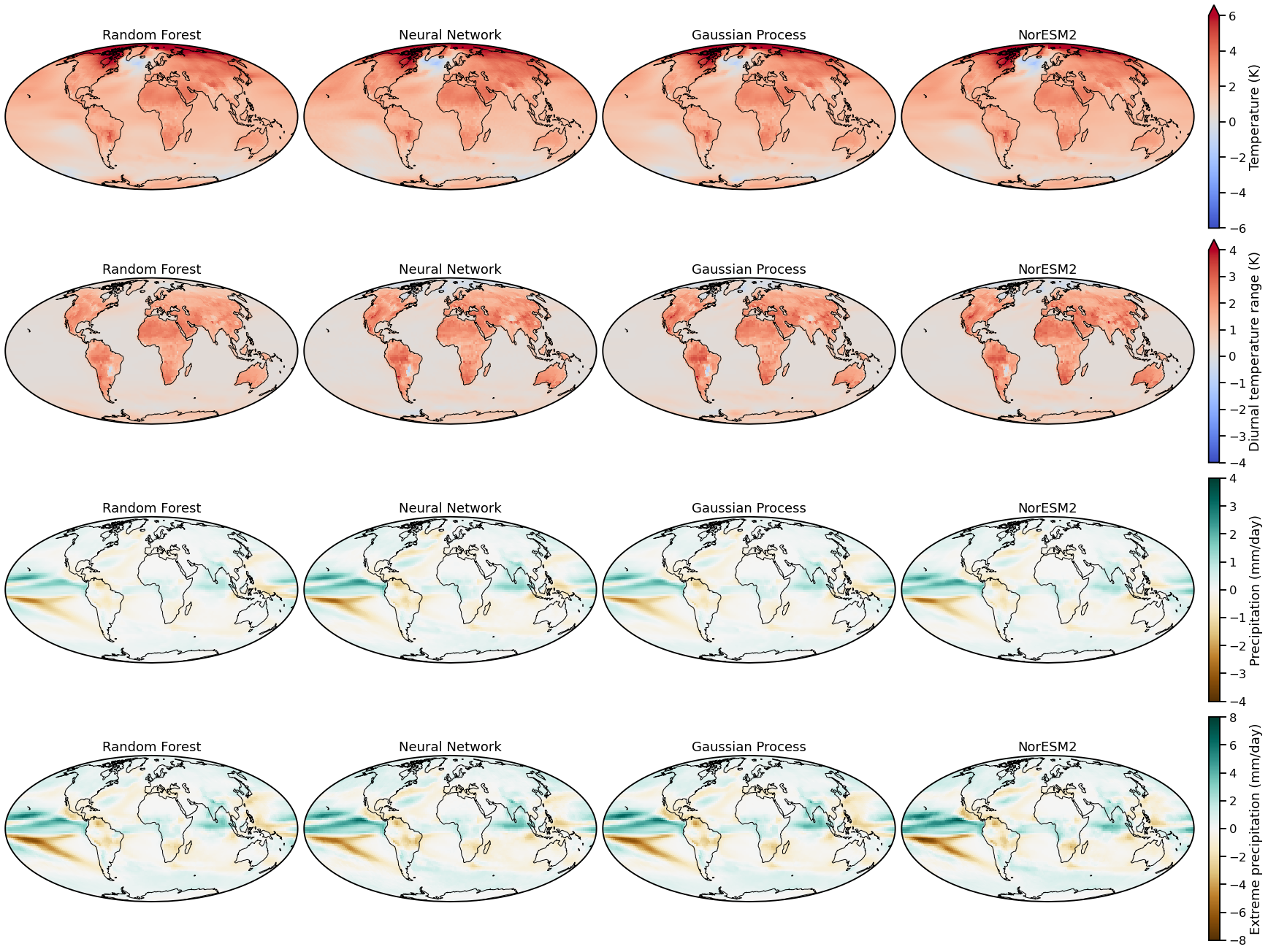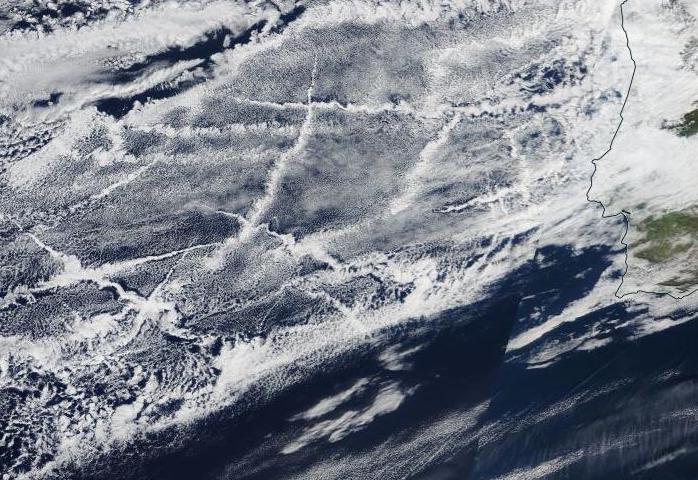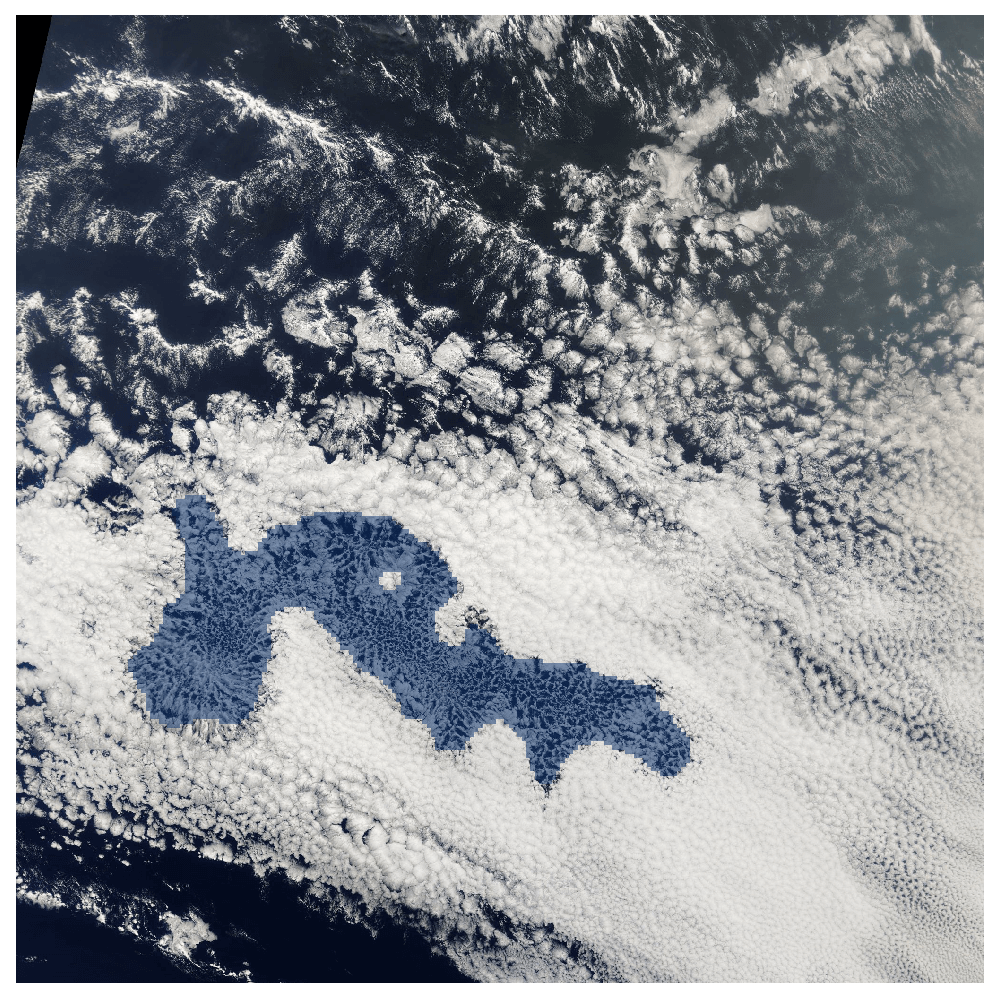Large computer models requiring hundreds of input parameters, taking thousands of core-hours to run , and producing terabytes of output are ubiquitous in the earth sciences. As I discuss in my recent perspective paper, it is becoming common practice to develop emulators as fast approximations of these models in order to explore the relationships between these inputs and outputs, understand uncertainties and generate large ensembles datasets.
Primarily, I build emulators using Gaussian Process regression across different (uncertain) input parameters in order to allow fast sampling for likelihood-free inference. (Basically determining the parameter combinations which produce outputs which are compatible with the available observations.) I’ve used this approach for constraining parametric uncertainty in both the direct and first indirect aerosol effects.
I developed ESEm as an open source tool providing a general workflow for emulating and validating a wide variety of climate models and outputs. It is built on well established, high performance libraries to ensure robustness, extensibility and scalability. I’ve also been involved with the development of a novel neural architecture search algorithm for general emulation of physical simulations, which was higlighted by Science magazine.
 Climate fields as output by
a full complexity climate model compared to those predicted by machine learning emulators in ClimateBench.
Climate fields as output by
a full complexity climate model compared to those predicted by machine learning emulators in ClimateBench.
I have also been developing a Climate model emulation becnhmark dataset called ClimateBench designed for scenario exploration and inspired by WeatherBench. It consists of NorESM2 simulation outputs with associated forcing data processed in to a consistent format from a variety of experiments performed for CMIP6. Benchmark models and evaluation criteria are described in the full publication.
New! You can now interact with an online ClimateBench emulator here!
Relevant papers
- Watson-Parris, D., Rao, Y., Olivié, D., Seland, Ø., … “ClimateBench v1.0: A benchmark for data-driven climate projections”. Journal of Advances in Modeling Earth Systems 14, e2021MS002954: https://doi.org/10.1029/2021MS002954
- Watson-Parris, D., Williams, A., Deaconu, L., Stier, P. “Model calibration using ESEm v1.1.0 – an open, scalable Earth System Emulator”. Accepted at Geoscientific Model Development: https://doi.org/10.5194/gmd-2021-267
- Watson-Parris, D. “Machine learning for climate and weather are worlds apart”. Phil. Trans. R. Soc. A 379: http://doi.org/10.1098/rsta.2020.0098
- McCoy, I. L., McCoy, D. T., Wood, R., Regayre, L., Watson- Parris, D., Grosvenor, D. P., Mulcahy, J., Hu, Y., Bender, F. A. M., Field, P. R., Carslaw, K., Gordon, H. “The hemispheric contrast in cloud microphysical properties constrains aerosol forcing”. Proceedings of the National Academy of Sciences 117 (32) 18998-19006: https://doi.org/10.1073/pnas.1922502117
- Watson-Parris, D., Bellouin, N., Deaconu, L., Schutgens, N., Yoshioka, M., Regayre, L. A., Pringle, K. J., Johnson, J. S., Carslaw, K. S. & Stier, P. “Constraining uncertainty in aerosol direct forcing”. Geophysical Research Letters, 47: https://doi.org/10.1029/2020GL087141
- Kasim, M. F., Watson-Parris, D., Deaconu, L. , Topp-Mugglestone, J. , Hatfield, P., Froula, D. H., Gregori, G., Jarvis, M. , Korenaga, J., Viezzer, E. & Vinko S. M. “Accelerating simulations in science with deep neural architecture search”. Accepted at Machine Learning: Science and Technology: https://arxiv.org/abs/2001.08055




